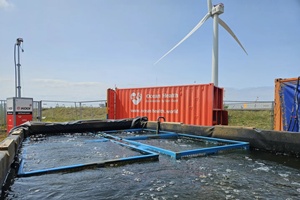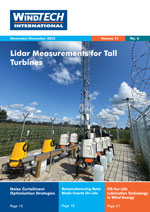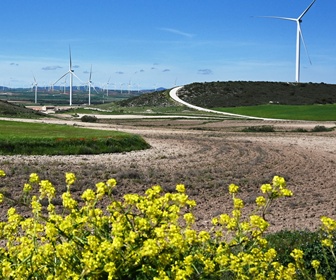 At least half a million flat oysters will be released into the Port of Rotterdam on 2 September as part of a pilot project combining oyster reef restoration with offshore wind and other marine infrastructure. The initiative is led by Van Oord together with research institutes, nature organisations and companies.
At least half a million flat oysters will be released into the Port of Rotterdam on 2 September as part of a pilot project combining oyster reef restoration with offshore wind and other marine infrastructure. The initiative is led by Van Oord together with research institutes, nature organisations and companies.
The method, called remote setting, involves cultivating oyster larvae in a hatchery before transferring them into seawater-filled containers with rocks. Within days, the larvae settle and develop into juveniles, which are later deployed at sea. The approach allows oyster-bearing rocks to be integrated into wind farms, subsea cabling, breakwaters and platforms, creating cost-efficient reef restoration at scale.
Researchers will monitor survival and growth rates over the coming months. In 2026, the consortium will test the method at a TenneT subsea cable crossing. By linking oyster restoration with wind farm construction and maintenance, the project aims to strengthen North Sea biodiversity while supporting energy infrastructure.










